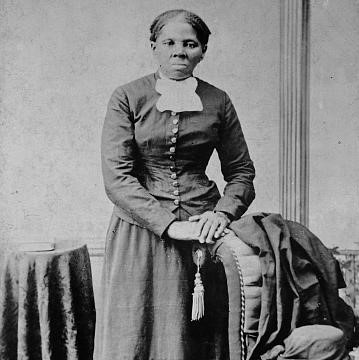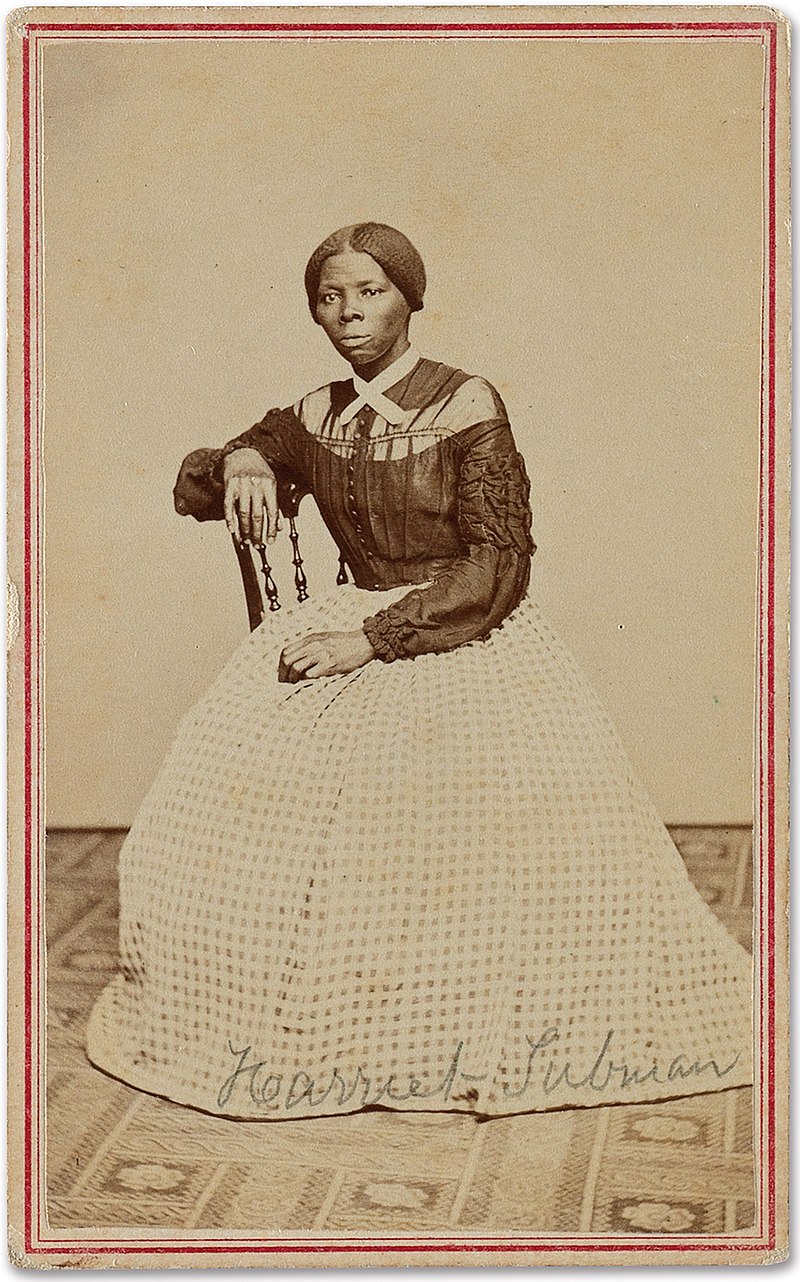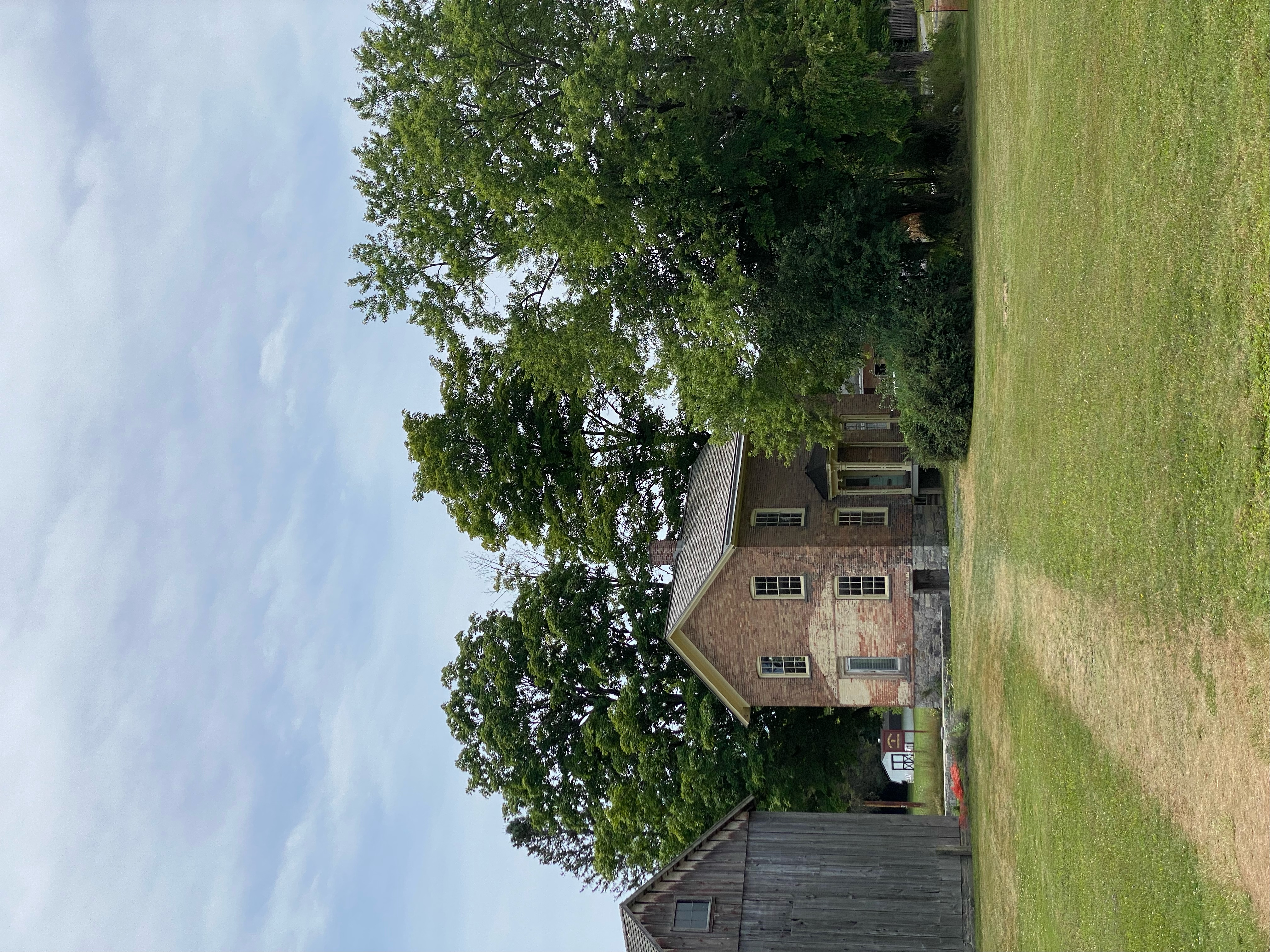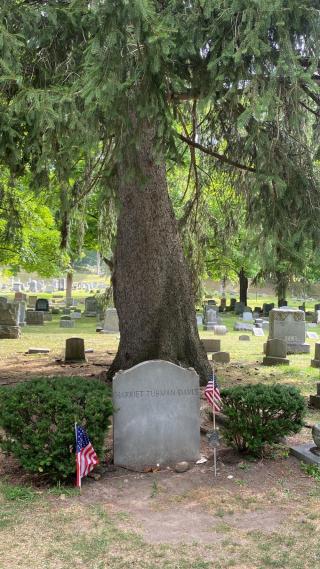The Timeless Tale of Tubman: A 200 Year Legacy

Prominent historical figure Harriet Tubman has been the subject of much discussion in recent years. From a 2019 Hollywood film documenting her most well-known accomplishments (appropriately titled Harriet), to the nomination of her likeness on the 20-dollar bill, to her induction in the United States Army Military Intelligence Corps Hall of Fame in June of 2021, it’s clear Tubman’s accomplishments precede her. She serves as a beacon of hope to many—even as we mark 200 years since Tubman’s birth in 2022.
Tubman was originally born Araminta Ross in Dorchester County, Maryland sometime in 1822. After subsequently escaping to Philadelphia, Pennsylvania in her late twenties and frequenting a few other locations following that, she always remained true to her roots.
Tubman is most recognizable for her acts of securing justice for many enslaved by freeing over 70 enslaved individuals as a conductor on the Underground Railroad, and a hefty 700 more at the Combahee River Raid as a Union spy. However, there are other elements of Tubman’s life story that can provide contemporary audiences with a sense of inspiration. Though her reality was greatly shaped by enslavement, Tubman did not allow herself to be defined by it. Instead, she focused her attention on caring for her community, was grounded in her spiritual beliefs, and held fast to her values, even into old age. Her life and its legacy provide a blueprint for women of all backgrounds, granting each generation that comes after her with a renewed sense of optimism.
I spent my 2022 summer in Auburn, NY interning with the Harriet Tubman National Historical Park, residing in the town Tubman called “The Land of Milk and Honey,” and familiarizing myself with its vibrant community and having the honor of interacting with her various descendants. In being immersed in her story (both physically and emotionally) each day I became deeply aware of the impact Tubman continues to have not only on me, but on many who engage with her life. It is this epiphany that brings me to ask: What are the less discussed, often overlooked elements of Tubman’s story, from which we can be inspired?

She fostered true connections, placing community care at the forefront of her efforts
It could be said that the act of freeing various enslaved individuals from her community is all that’s needed to inspire us today. Even so, a thorough examination of Tubman’s life conveys that these trips on the Underground Railroad were not the only ways in which she expressed care for African Americans—both enslaved and otherwise. When Tubman first escaped, she returned only a year later—she missed her family and wanted freedom for them as well. In coming to take them with her, she also extended the offer to her husband John Tubman. When she discovered he was remarried and that his new wife was with child, she still offered to take both John Tubman and his new wife Caroline on the journey. Though deep heartache surely plagued her, her commitment to justice knew no bounds. It is in moments like this it becomes clear that Tubman’s acts were not ego-driven. Rather, she believed in her cause so profoundly that she allowed little to stop her from following through with all she set out to do. Tubman’s pursuits show us that while our own individual struggles are valid, there are times in which we must also consider those outside of us, especially in working towards a more just future.
A connection to something larger than herself kept her grounded and people-focused
Throughout most of her life, Tubman was disabled. Though the story of how her injury led to a lifelong battle is a harrowing one, we can look to her as a figure who found meaning in strife. As a young girl, her enslaver was attempting to catch an enslaved person who had run away, throwing a two-pound weight at him. He missed, hitting Tubman square in the head. As a result of the incident, she suffered from narcolepsy and chronic pain. While she would ultimately undergo a surgery to alleviate some of the pain, the visions Tubman claimed to have as a result of her incident never ceased. It is through this lens that we can understand Tubman as a disabled woman, who had to live with the physical reminder of her circumstances as a once-enslaved woman each day. Tubman also asserted she was imbued by visions of a higher power because of the incident. Believing God to have been guiding her on her many journeys, she stood strong in her convictions even when faced with doubt—so much so that she never once lost a soul on the Underground Railroad, nor was she ever caught.
She was a devout and deeply spiritual woman, who used her beliefs to support and uplift others. From her experiences, we learn that what guides us in our understanding of the world should also remind us to remain grounded. The world is much larger than our present experiences and understanding this can allow for solidarity amongst many.

She held fast to her ideas of a more just future, even well into old age
Later in life, Tubman would eventually settle in Auburn, New York. It is here that Tubman and her second husband, Nelson Davis, built their home and she established herself early on as a pillar within her community. Auburn already had a well-established African American presence, as well as several notable abolitionists and suffragists residing in the area. Surrounded by advocates for diverse causes, Tubman remained both connected and inspired. Due to these connections, she recognized a glaring gap in Auburn’s offerings of community-centered homes for elderly African Americans. She addressed this disparity by developing her own, called the Home for Aged and Indigent Negroes. She purchased 25-acres of land at 74 years of age next to her property on which to build the home and deeded it to the African Methodist Episcopal Zion Church to build and operate. Tubman oversaw operations for the home for over a decade, but upon falling ill she became a resident in the Home for the Aged until her passing in 1913.
While Tubman could have easily asserted that she had given her entire life to her community and lived out her days without further action, she never relented. She honored her vision of upholding freedom and justice, reminding us that our passion is a gift. By remaining true to ourselves, we empower others to do the same.
How we can keep Tubman’s legacy alive
In engaging with Tubman’s story, women and young people today are called to envision what it means to live a life that centers connection and community. Though her accomplishments were extraordinary, the most important lessons can be found in her motivations. She was a family-oriented woman who valued spiritualism, activism, and freedom, but most of all, she followed her most innate desires at a time when the thoughts of women and African Americans were devalued. Her story is one we can look to in order to feel we are not alone in our endeavors, but rather that we can be guided by those who came before us. If there’s any testament to the legacy of Tubman, it is in the fact that even now, in the bicentennial year of her birth, she remains at the forefront of a number of timeless conversations and celebrations. Now, we can all hope to carry the inspiration of her story not only into our present but our future as well. By honoring all of who Tubman was, we are empowered to honor all of what we are and can be.
Shay Dawson is the NWHM 2022-2024 Predoctoral Fellow in Gender Studies, and a current Museum Studies graduate student at Johns Hopkins University.

Bradford, Sarah Hopkins. Harriet, the Moses of Her People. Chapel Hill: The University of North Carolina Press, 2012. muse.jhu.edu/book/19228.
“Harriet Tubman National Historical Park (U.S. National Park Service).” National Park Service. U.S. Department of the Interior. https://www.nps.gov/hart/index.htm.
Larson, Kate Clifford, Bound for the Promised Land: Harriet Tubman, Portrait of an American Hero. New York, Ballantine, 2004.
Michals, Debra. "Harriet Tubman." National Women's History Museum. 2015. www.womenshistory.org/education-resources/biographies/harriet-tubman.
